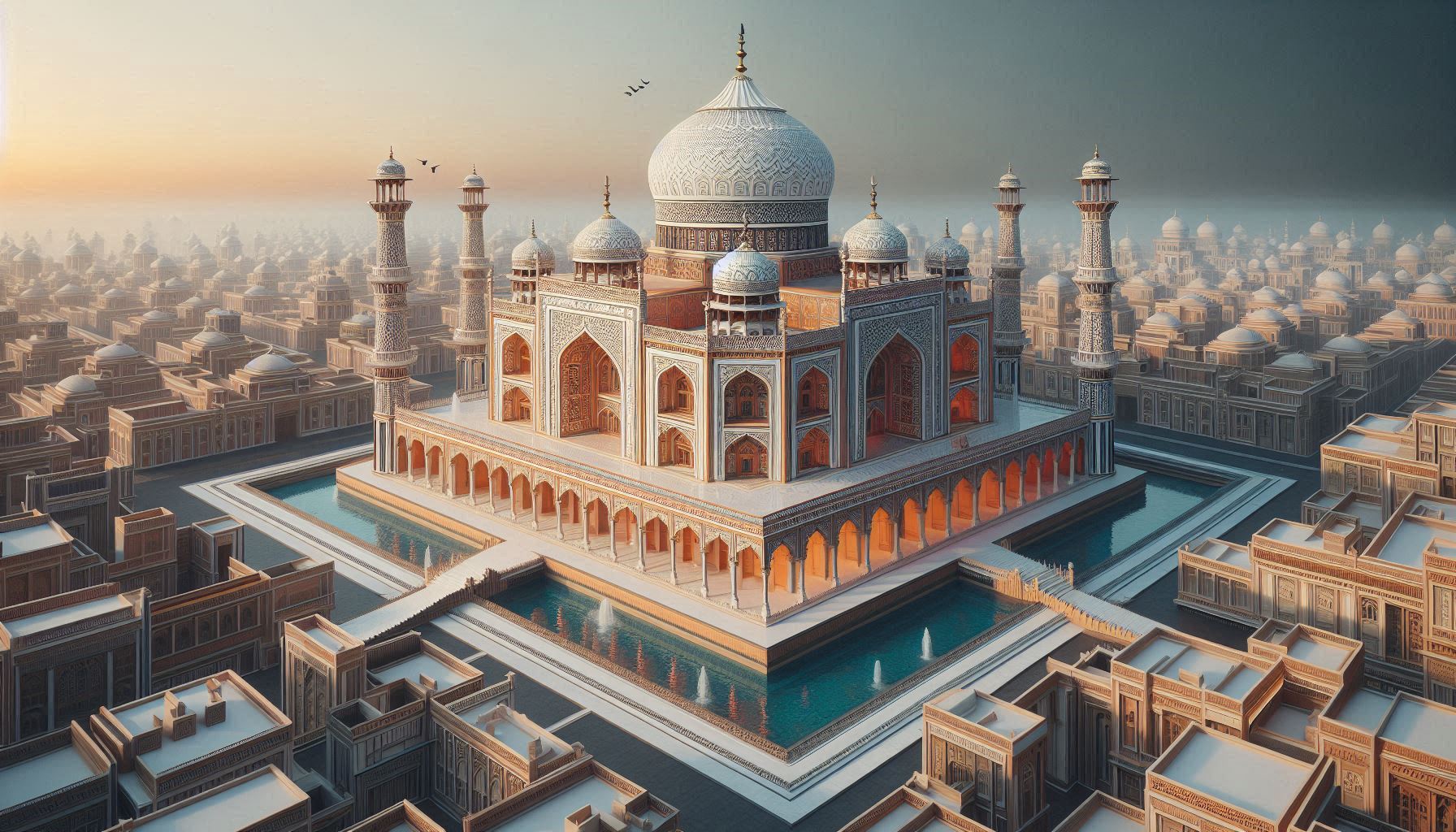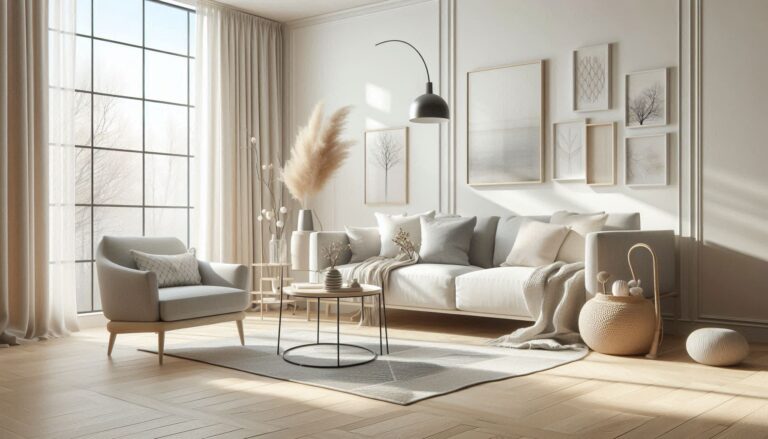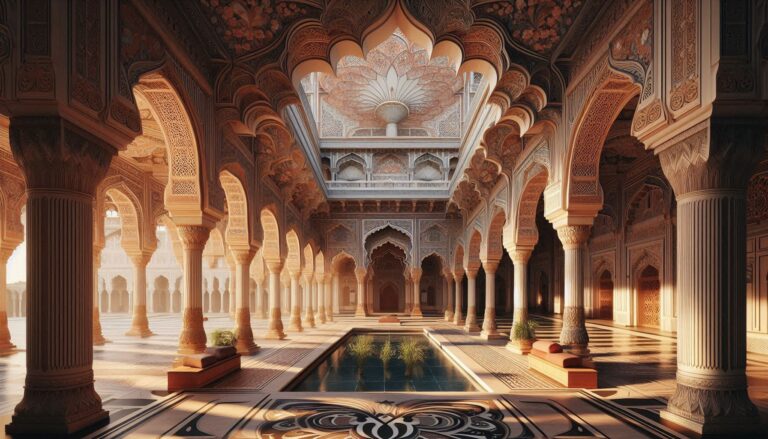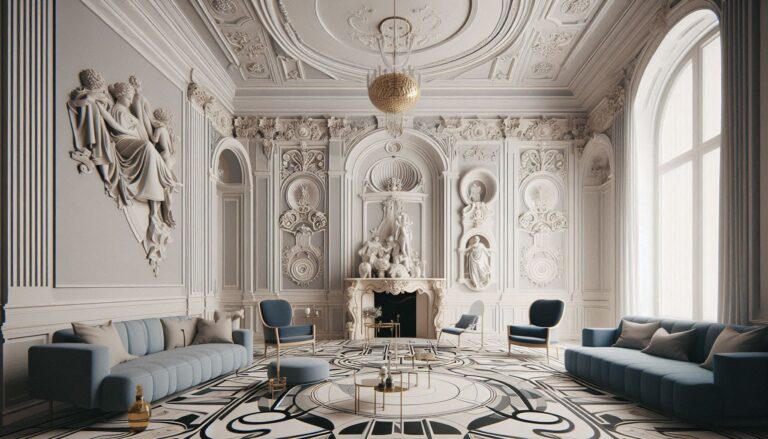Timeless Design: How Historical Architecture Inspires Today’s Interiors

History has always been a rich source of inspiration for contemporary design, with historical architecture shaping modern interiors in profound ways. The grandeur of past civilizations, their craftsmanship, and their design philosophies continue to influence how we create and experience spaces today. This blog explores how elements from historical architecture translate into modern interiors, creating timeless and elegant designs.
Classical Influence in Interiors
The classical architecture of ancient Greece and Rome has left a lasting imprint on interior design. Elements such as columns, symmetry, and proportion create a sense of harmony and grandeur in contemporary spaces. Ornate moldings, marble flooring, and coffered ceilings continue to add an air of sophistication to modern homes, echoing the opulence of neoclassical aesthetics.
Gothic Revival in Modern Spaces
Gothic architecture, known for its pointed arches, intricate tracery, and dramatic use of light, continues to inspire contemporary interiors. High ceilings, large windows with stained glass elements, and detailed woodwork bring a Gothic touch to modern homes, creating a sense of mystery and elegance.
The Renaissance and Baroque Influence
The Renaissance period emphasized symmetry, proportion, and refined detailing, which still resonate in today’s high-end interior designs. Similarly, Baroque’s dramatic flair, with its bold colors, luxurious materials, and ornate detailing, finds its way into opulent contemporary interiors. Chandeliers, gold accents, and elaborate frescoes are reminiscent of this era.
Industrial Revolution and Modern Minimalism
The Industrial Revolution introduced new materials like steel and concrete, leading to the rise of industrial design. The exposed brick walls, metal beams, and large windows characteristic of 19th-century factories have evolved into the modern industrial aesthetic, balancing raw textures with functional design.
Conclusion
Historical architecture continues to serve as a blueprint for contemporary interior design. Whether through classical elegance, Gothic drama, Renaissance symmetry, or industrial minimalism, past architectural styles provide a wealth of inspiration for modern designers. By integrating these timeless elements, we create spaces that honor history while remaining relevant in today’s world.






